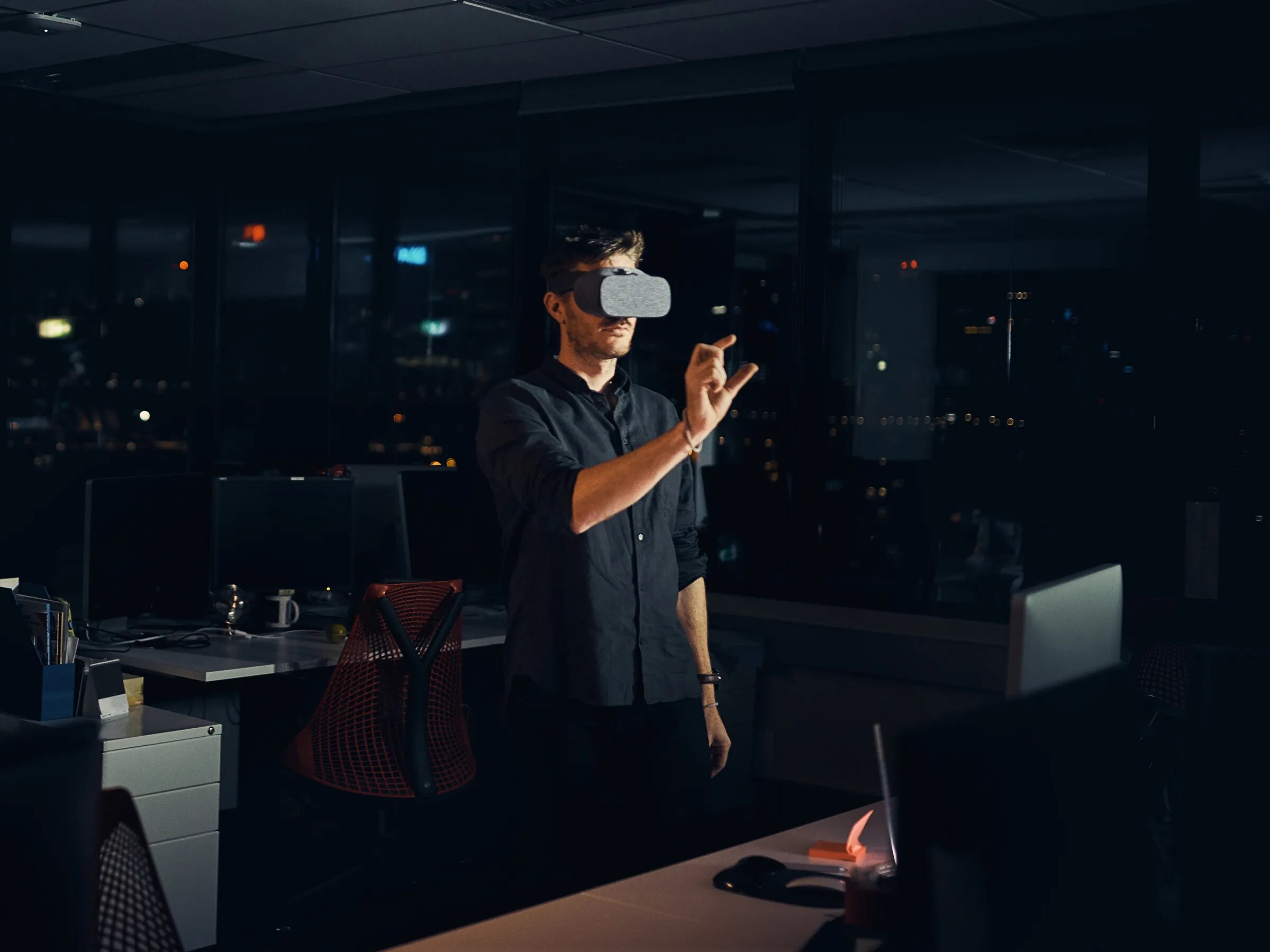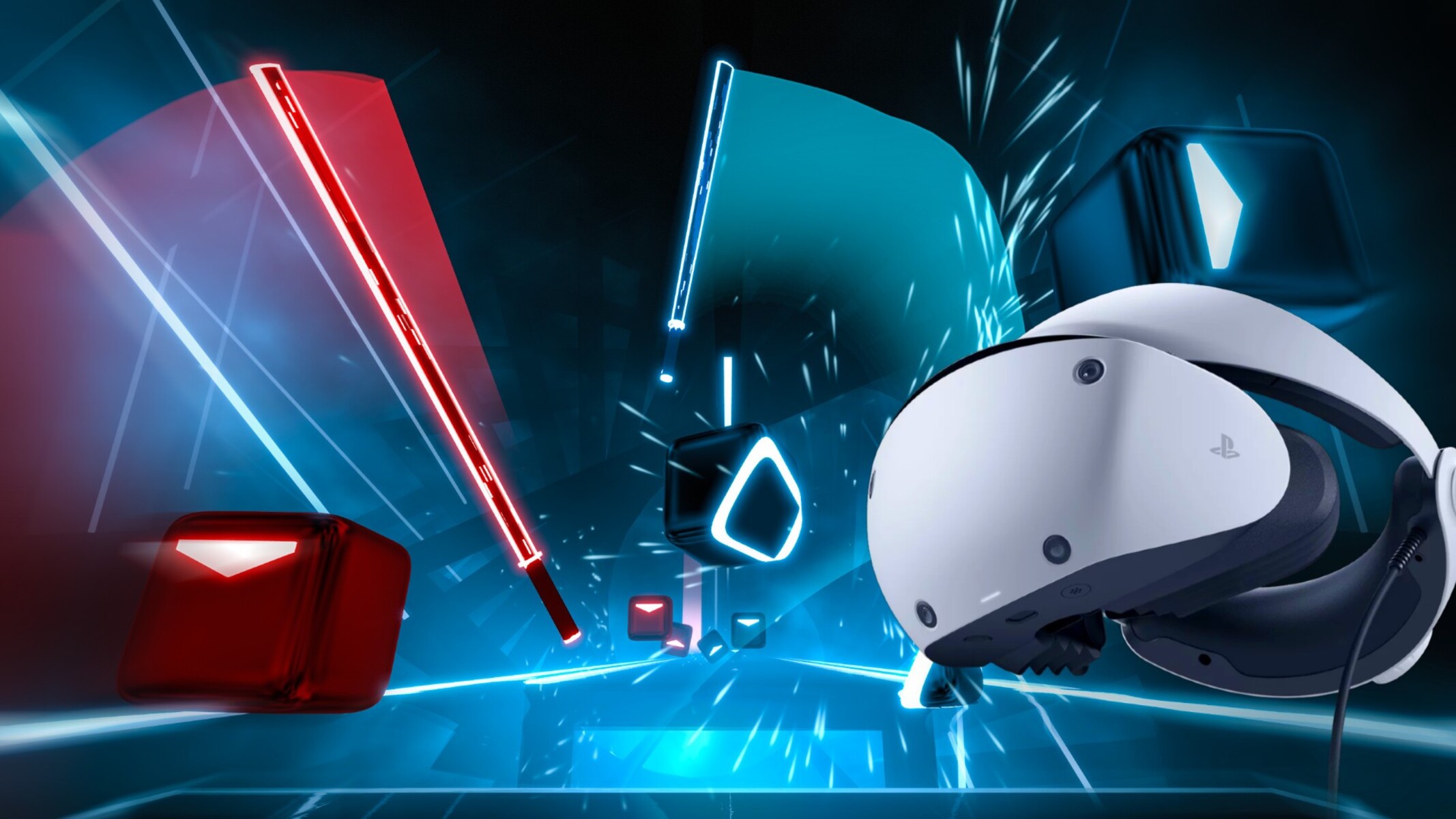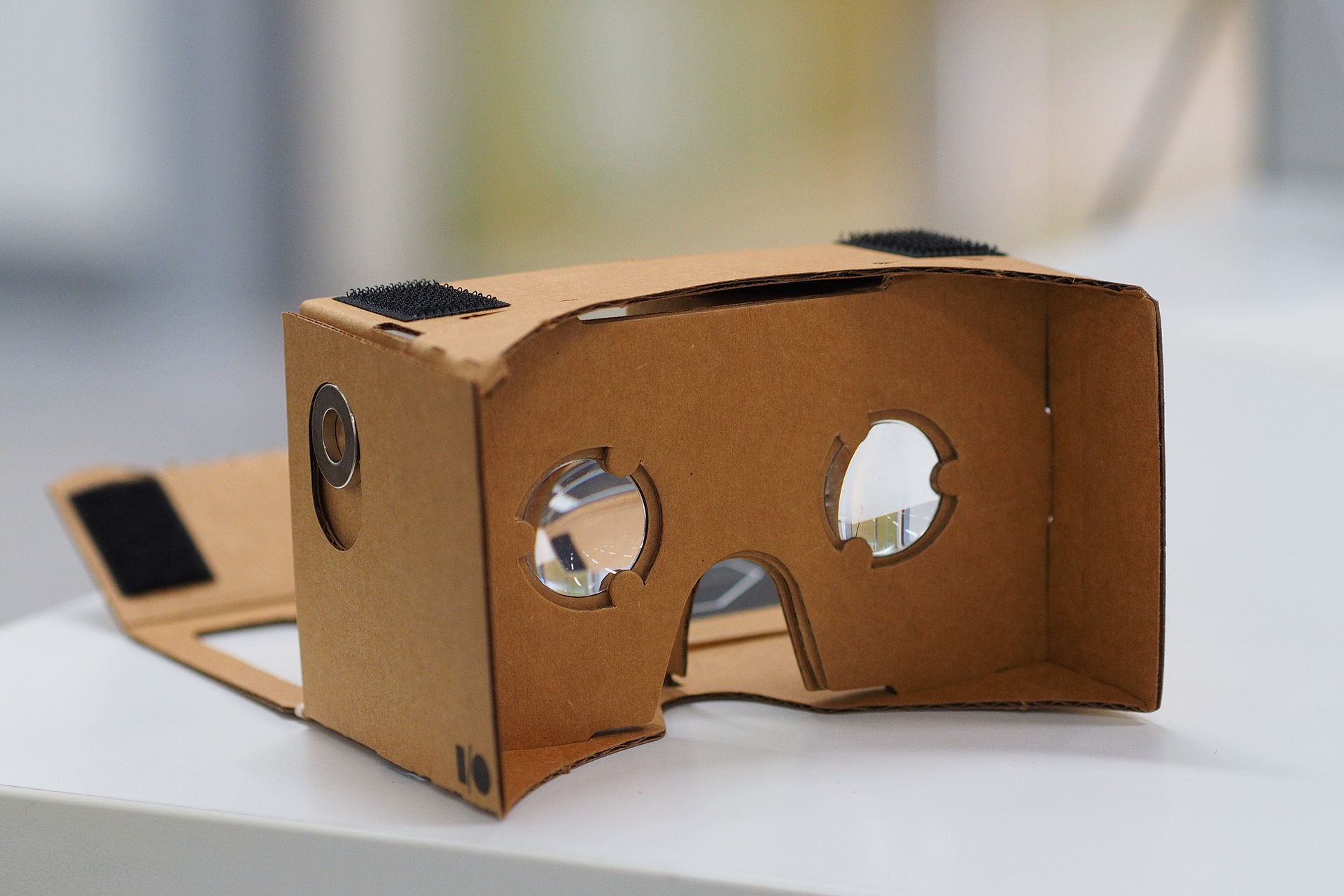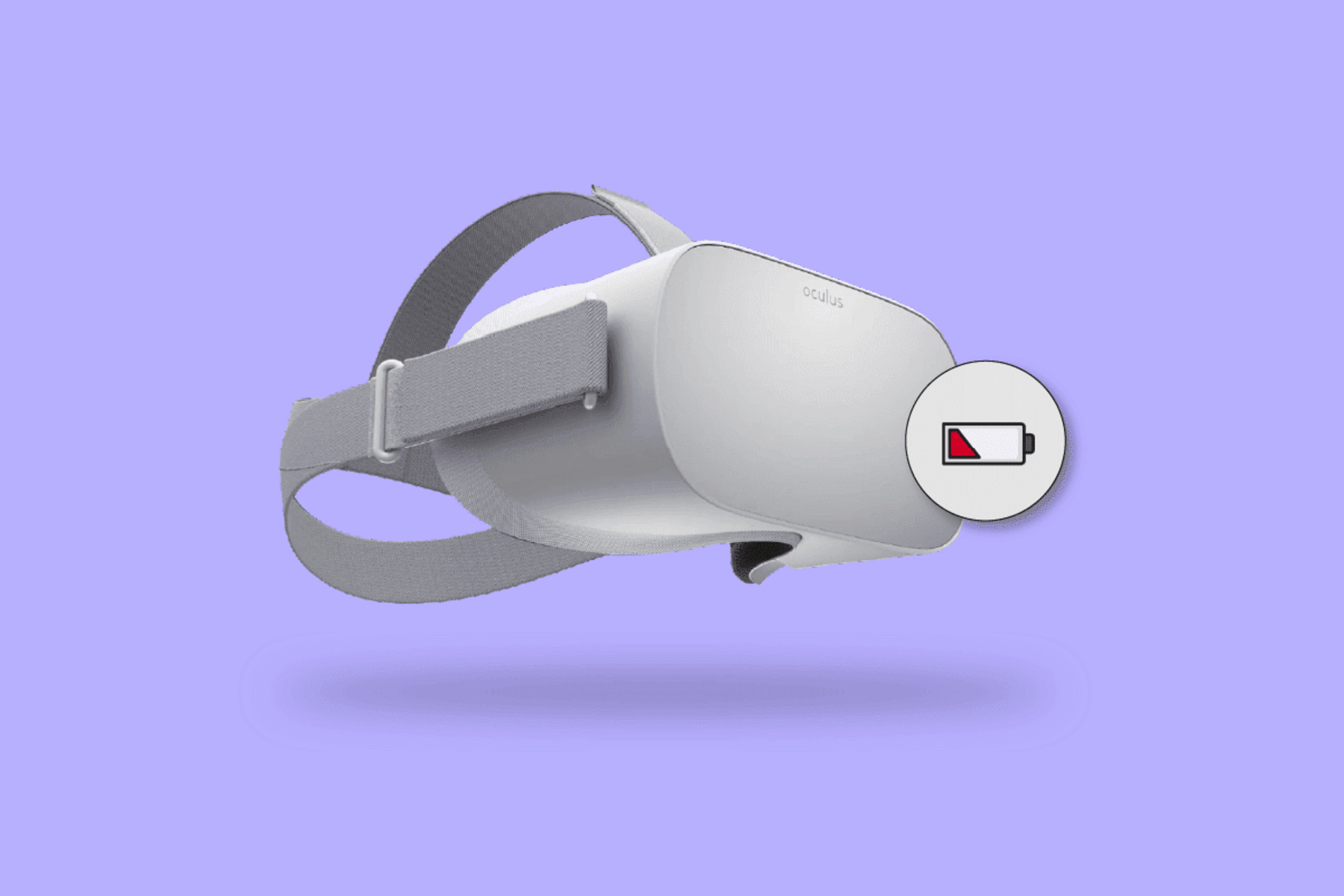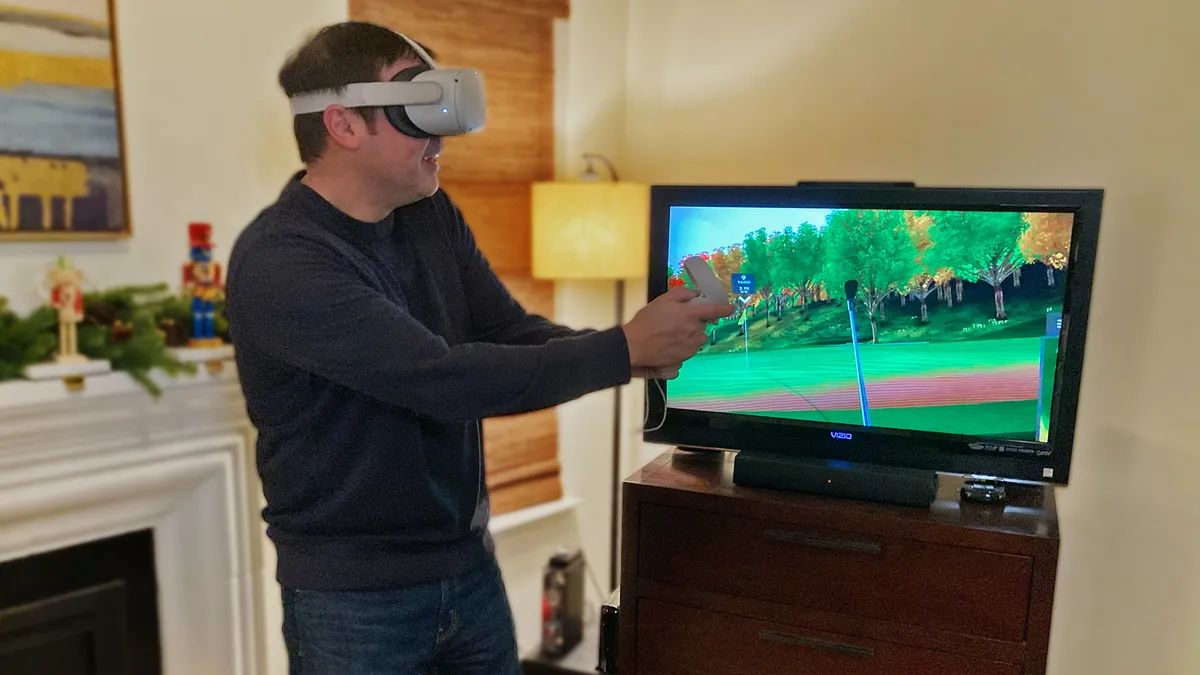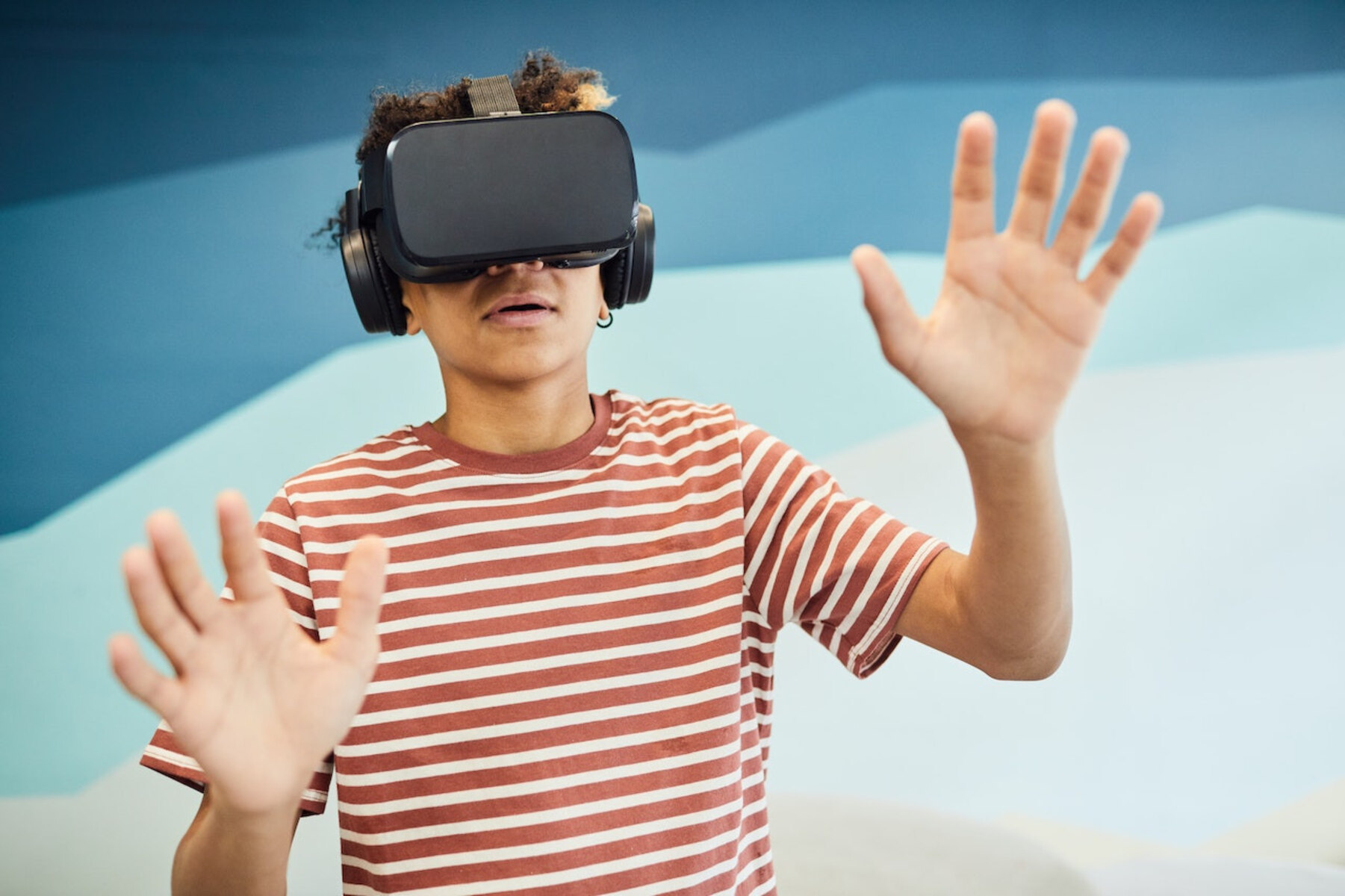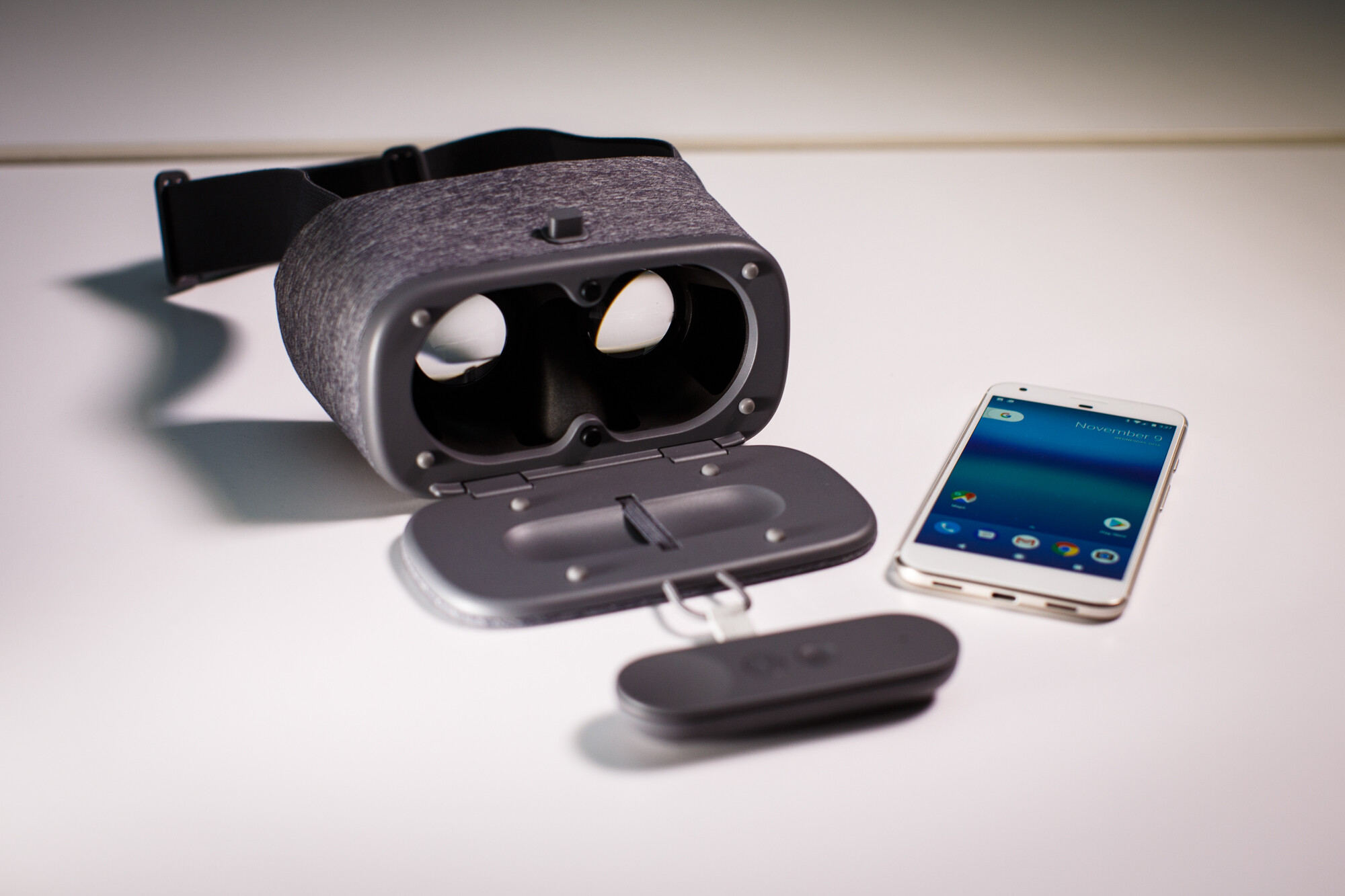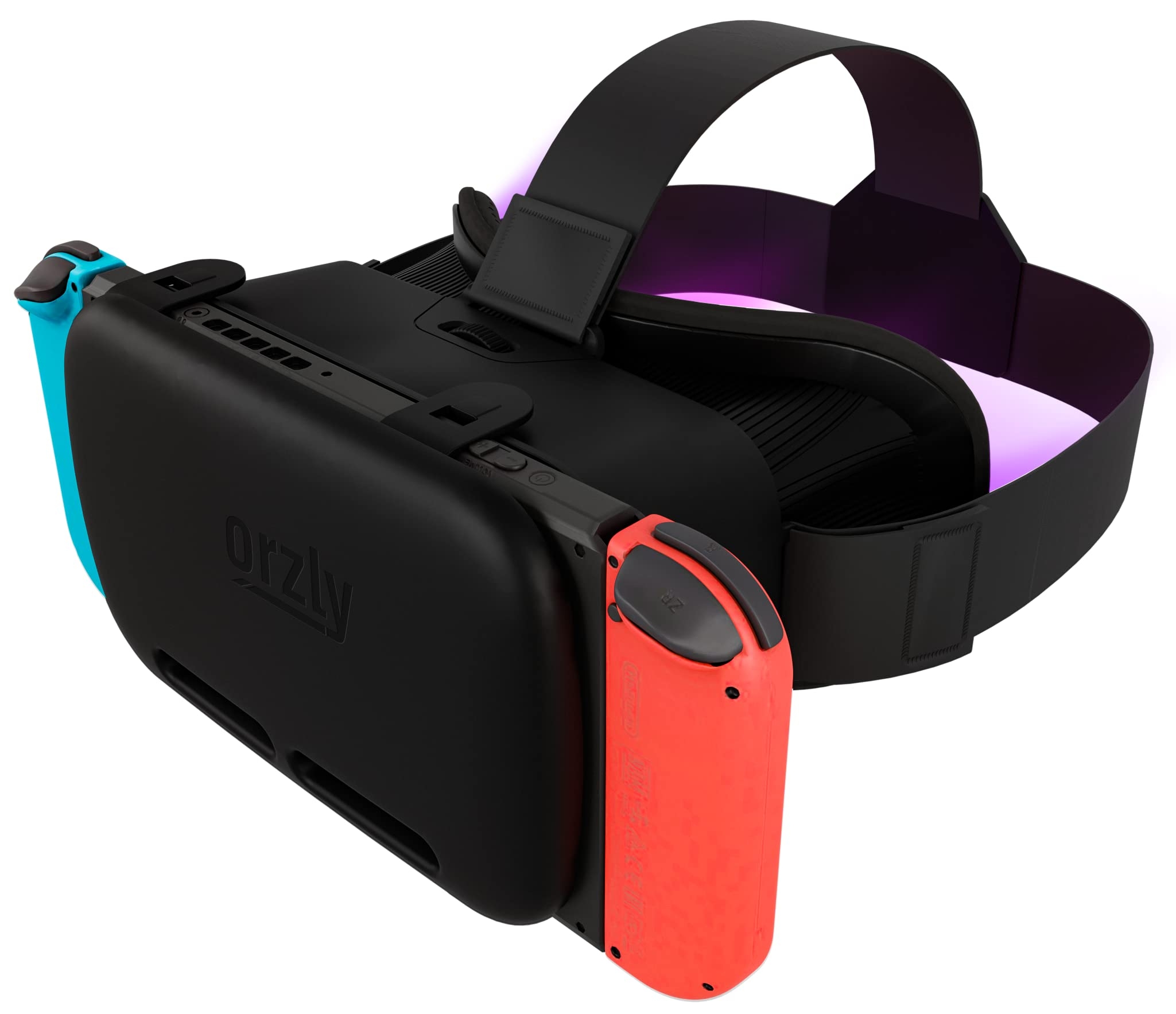Introduction
Welcome to the immersive world of virtual reality (VR) headsets! Whether you’re a gaming enthusiast or someone looking to explore new realms of digital experiences, VR headsets offer a gateway into a whole new dimension. However, like any technological device, issues can arise that prevent your VR headset from functioning properly. In this article, we will delve into some common problems users encounter with their VR headsets and provide troubleshooting tips to help you get back on track.
From display glitches to tracking errors, audio malfunctions to controller issues, we’ll cover a range of potential problems that could be hindering your VR experience. Additionally, we’ll explore software-related problems and potential compatibility issues with your PC. By understanding the possible causes and solutions, you’ll be better equipped to address these issues and resume your VR adventures.
It’s important to note that VR headsets come in various models and brands, each with its own unique specifications and software. Therefore, the troubleshooting steps may vary slightly depending on the specific headset you have. However, the underlying principles and common issues discussed here will help you address the majority of problems you might encounter.
Remember, VR technology is constantly evolving, and new updates and solutions may emerge over time. Therefore, it’s always a good idea to stay informed and check for the latest software updates, firmware upgrades, and troubleshooting guides specific to your VR headset. With that said, let’s dive into some of the most frequent issues users encounter with their VR headsets and how to troubleshoot them.
Problems with Display
The display is one of the key components of a VR headset, as it is responsible for transporting you into the virtual world. However, there can be instances when you encounter problems with the display. Here are some common issues and their potential solutions:
1. Screen flickering or black screen: If you experience screen flickering or a black screen while using your VR headset, it could be due to a loose cable connection. Make sure all cables are securely connected to the headset and your PC. Additionally, check if the display settings on your PC are properly configured for VR.
2. Blurry or distorted visuals: Blurriness or distortion in the visuals can be caused by incorrect IPD (Interpupillary Distance) settings. Adjust the IPD settings on your headset to align with your eyes’ distance for a clearer and more immersive visual experience.
3. Screen door effect: The screen door effect refers to the visible gaps between pixels, creating a grid-like appearance. To minimize this effect, ensure that your headset is properly calibrated and that you’re using the recommended resolution settings for your VR content.
4. Low resolution or pixelated graphics: If you’re experiencing low-resolution or pixelated graphics, check your VR headset’s display settings. Some headsets allow you to adjust the resolution or graphics quality within the settings menu. You can also ensure that your PC meets the minimum system requirements for optimal performance.
5. Unresponsive or stuck pixels: Occasionally, you may come across unresponsive or stuck pixels on the display. This can be distracting during your VR experience. Some VR headsets have built-in pixel refresh or display calibration features that can help resolve this issue. Consult your headset’s user manual or visit the manufacturer’s website for more information on how to perform a pixel refresh or calibration.
By troubleshooting these common display issues, you can ensure a more enjoyable and visually captivating VR experience. Remember to consult your headset’s user manual or reach out to the manufacturer’s support team for specific instructions tailored to your device.
Problems with Tracking
Accurate tracking is essential for a seamless and immersive VR experience. However, tracking issues can sometimes occur, causing frustration and disrupting your virtual adventures. Here are some common problems with tracking and potential solutions:
1. Tracking loss or drift: If you notice that the positioning or movement of your virtual avatar is inaccurate or drifting away from your physical movement, it could be due to poor tracking. Ensure that there are no obstructions between the VR headset and the tracking sensors. Additionally, make sure that the sensors are properly calibrated and positioned within the recommended range.
2. Jittery or shaky tracking: Shaky or jittery tracking can make it challenging to interact with virtual objects. Check if there are any reflective surfaces or strong light sources in the room that could interfere with the tracking sensors. Adjust the lighting conditions or cover reflective surfaces to improve tracking stability.
3. Controller tracking issues: If you’re experiencing problems with the tracking of your VR controllers, try repositioning the sensors or adjusting their angle. It’s also worth checking the batteries in the controllers to ensure they have enough power. Updating the firmware of your controllers or recalibrating them within the VR software may also help resolve tracking issues.
4. Height tracking problems: In some cases, your VR headset may have difficulty accurately tracking changes in your height or crouching movements. Make sure that the headset is properly adjusted on your head and that the height calibration is set correctly in the VR settings. Recalibrating the headset or restarting the VR application may also help resolve height tracking problems.
5. Environmental interference: External factors such as large metal objects, wireless devices, or other electronic signals in the vicinity can interfere with tracking. It’s advisable to ensure that you’re using your VR headset in a dedicated VR space with minimal interfering objects. Alternatively, you can try adjusting the positioning of the tracking sensors or using signal-blocking devices to minimize interference.
By troubleshooting these common tracking issues, you can enhance your VR experience and regain accurate and smooth movement within the virtual world. If the problem persists, consult your headset’s user manual or contact the manufacturer’s support for further assistance specific to your device.
Problems with Audio
Clear and immersive audio plays a crucial role in enhancing the virtual reality experience. However, audio issues can sometimes arise and disrupt your immersion. Here are some common problems with audio in VR headsets and potential solutions:
1. No audio or sound playback: If you’re not getting any sound through your VR headset, first check that the audio cables are properly connected. Ensure that the volume on both the VR headset and your computer or console is turned up. Additionally, make sure that the audio output is set to the correct device within the VR settings or the audio settings of your computer or console.
2. One-sided or imbalanced audio: If you’re experiencing audio only in one ear or notice an imbalance in sound between the left and right channels, check the headset’s audio connectors and ensure that they are securely plugged in. You can also try swapping the left and right audio connectors to identify if the issue lies with the headset or the audio source.
3. Crackling or distorted sound: Crackling or distorted sound can be caused by a variety of factors, such as a poor audio connection, outdated audio drivers, or incompatible software settings. Check the audio cables for any signs of damage and replace them if necessary. Update your audio drivers to the latest version and ensure that your VR software and applications are up to date.
4. Delayed or out-of-sync audio: If you notice a delay between the visual and audio elements in your VR experience, it could be due to latency issues. Ensure that your computer or console meets the minimum system requirements for VR, as a lack of processing power can contribute to audio delays. Additionally, adjusting the audio settings within the VR software or application may help improve synchronization.
5. Microphone issues: If your VR headset includes a built-in microphone and you’re experiencing problems with it, check the microphone settings within the VR software or application. Ensure that the microphone is enabled and not muted. You can also try adjusting the microphone sensitivity or positioning to improve audio quality.
By troubleshooting these common audio problems, you can enjoy crisp and immersive sound in your VR experiences. If the audio issues persist, consult your headset’s user manual or contact the manufacturer’s support for further guidance specific to your device.
Problems with Controllers
Controllers are an integral part of the VR experience, enabling you to interact with virtual environments and objects. However, issues with controllers can hinder your ability to fully engage in the virtual world. Here are some common problems with VR controllers and potential solutions:
1. Controller not connecting: If your VR controller is not connecting to your headset or PC, ensure that the controller is properly charged or that fresh batteries are installed. Check that the controller is within the recommended range of the headset and that there are no obstructions blocking the signal. Restarting your headset or re-pairing the controller within the VR software may also help establish the connection.
2. Button or trigger responsiveness: If you find that certain buttons or triggers on the VR controller are unresponsive or not registering your input correctly, check for any debris or physical obstructions that may be affecting the buttons’ functionality. Cleaning the controller buttons and ensuring they’re not stuck or damaged can often resolve this issue.
3. Tracking problems: Inaccurate tracking of the VR controller’s location or movement can lead to frustrating experiences. Ensure that the controller’s tracking sensors are clean and not obstructed. Likewise, check the positioning and angle of the sensors to ensure optimal tracking performance. Updating the firmware of the controllers or recalibrating them within the VR software may help resolve tracking issues.
4. Calibration issues: If you’re experiencing problems with the calibration of your VR controllers, consult the headset’s user manual or the manufacturer’s website for specific instructions on how to recalibrate the controllers. Recalibration will help ensure that your virtual hands align with your physical hand movements accurately, providing a more immersive experience.
5. Battery drain or power issues: If your VR controller batteries drain quickly or if the controllers lose power unexpectedly, check the battery contacts for any corrosion or debris that may be interfering with the power supply. Consider using high-quality, rechargeable batteries or replacing the existing batteries with fresh ones to ensure consistent power supply for your controllers.
By troubleshooting these common controller issues, you can regain full control and interaction within the virtual environment. If problems persist, consult your headset’s user manual or reach out to the manufacturer’s support team for further guidance specific to your device.
Problems with Software
Software plays a crucial role in the functioning of VR headsets, providing the platform for virtual experiences. However, software-related issues can arise and impact the overall performance. Here are some common problems with VR software and potential solutions:
1. Crashing or freezing: If your VR software crashes or freezes during use, it can be frustrating and disrupt your immersive experience. Ensure that your software is up to date with the latest version and that your computer meets or exceeds the minimum system requirements. Clearing cache files and disabling unnecessary background programs can also help improve stability.
2. Installation or updating errors: When installing or updating VR software, you may encounter errors that prevent the process from completing successfully. Check your internet connection to ensure it’s stable and try disabling any antivirus or firewall programs temporarily. If the problem persists, consult the software’s documentation or contact technical support for assistance.
3. Compatibility issues: VR software compatibility can be a challenge, particularly if you’re using a headset from a different manufacturer or if your PC hardware is not fully compatible. Ensure that your VR headset is supported by the software you’re trying to use. Additionally, check for updated drivers for your graphics card and other hardware components.
4. Calibration problems: Proper calibration is essential for accurate tracking and movement within the virtual environment. If you’re experiencing calibration issues, follow the instructions provided by the software or consult the user manual for your VR headset. Calibration often involves adjusting sensor positions, setting up the play area, and ensuring proper tracking of the headset and controllers.
5. Performance issues: Slow or laggy performance can diminish the immersive experience of VR. Optimize your VR software settings, such as graphics quality and refresh rate, to match your computer’s capabilities. Close any unnecessary applications running in the background that may consume system resources. Upgrading your computer’s hardware, such as adding more RAM or upgrading your graphics card, can also boost performance.
By troubleshooting these common software-related problems, you can ensure that your VR experiences run smoothly and seamlessly. For further assistance, refer to the software’s documentation, online forums, or reach out to the software developer’s support team.
Problems with PC Compatibility
Ensuring compatibility between your VR headset and your PC is crucial for a smooth and enjoyable VR experience. However, compatibility issues can arise due to various factors. Here are some common problems with PC compatibility and potential solutions:
1. Hardware requirements: VR headsets often come with minimum system requirements that must be met for optimal performance. Ensure that your PC meets or exceeds these requirements, including the specifications for the CPU, graphics card, RAM, and USB ports. Upgrading your hardware components, if necessary, can help ensure compatibility.
2. Driver issues: Outdated or incompatible drivers for your graphics card, motherboard, or other hardware components can cause compatibility problems. Regularly check for driver updates from the manufacturer’s website and install them to ensure compatibility with your VR headset. Additionally, consider using driver update software that automates the process for you.
3. USB bandwidth limitations: VR headsets rely heavily on USB ports for data transfer and tracking. Some PCs may have limited USB bandwidth, leading to performance issues or connectivity problems. Try plugging your VR headset into different USB ports, preferably USB 3.0 or higher, to distribute the bandwidth more effectively. Additionally, disconnecting unnecessary USB devices can free up bandwidth for your VR headset.
4. Software conflicts: Conflicts between VR software and other applications or software running on your PC can impact compatibility. Close any unnecessary background programs or applications that may consume system resources or interfere with the VR software. If conflicts persist, consider temporarily disabling antivirus or firewall programs during VR sessions, as they can sometimes interfere with VR functionality.
5. Operating system compatibility: Ensure that your PC’s operating system is compatible with the VR software and the specific requirements of your VR headset. Check for any updates or patches for your operating system, as these can sometimes address compatibility issues. If your operating system is not compatible, you may need to upgrade to a supported version.
By addressing these common PC compatibility issues, you can ensure a smoother and more compatible VR experience. If problems persist, consult the user manual for your VR headset, visit the manufacturer’s support website, or seek assistance from online forums or communities dedicated to VR enthusiasts.
Conclusion
Virtual reality has the power to transport us to incredible digital worlds and provide immersive experiences like never before. However, just like any technology, VR headsets can encounter issues that hinder our enjoyment. In this article, we explored common problems that users may face with their VR headsets and provided troubleshooting tips to help resolve those issues.
From display glitches to tracking errors, audio malfunctions to controller problems, software compatibility to PC issues, we covered a range of challenges that can arise while using VR headsets. By addressing these issues, you can optimize your VR experience and get back to enjoying captivating virtual adventures.
Remember, troubleshooting steps may vary slightly depending on the specific VR headset model and brand you have. It’s crucial to consult the user manual provided with your headset or reach out to the manufacturer’s support for specific instructions tailored to your device.
Additionally, staying informed about software updates, firmware upgrades, and VR best practices can help prevent and address potential problems. Regularly checking for driver updates, optimizing your PC’s performance, and creating a dedicated VR space can further enhance your overall experience.
Virtual reality technology is continuously evolving, bringing about more innovative features, immersive experiences, and improved compatibility. As you embrace the world of VR, it’s essential to remain adaptable and embrace the learning curve that comes with new technologies.
By troubleshooting and resolving common issues, you can ensure that your VR headset continues to provide you with awe-inspiring and unforgettable experiences. Embrace the wonders of virtual reality and let it transport you to new realms of adventure.







